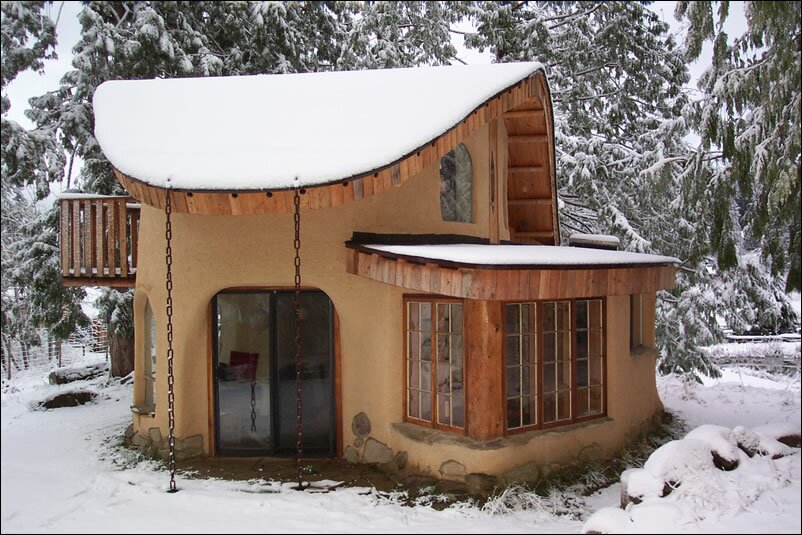1974 Volkswagen Beetle & Camper
28-Apr-10
Posted via web from crasch’s posterous
Live forever or die trying
Posted via web from crasch’s posterous
Filed in microhousing, vandwelling | Permalink | Comments (0) »

Posted via web from crasch’s posterous
Filed in microhousing | Permalink | Comments (0) »

Posted via web from crasch’s posterous
Filed in ferrocement, microhousing | Permalink | Comments (0) »

Posted via web from crasch’s posterous
Filed in burning_man, microhousing, tools | Permalink | Comments (0) »
Mini-split air-conditioning systems don’t need no stinkin’ ductwork. That’s because they pump refrigerant through small diameter pipes to a blower just big enough to cool down a room or two. Daikin’s heat pump is big enough to supply multiple blowers, each of which can be precisely adjusted to the desired temperature both winter and summer. Unlike most mini-split blowers, which have units the size of dashboards sticking out of walls, Daikin’s units can be hidden behind unobtrusive grilles.
Posted via web from crasch’s posterous
Filed in microhousing | Permalink | Comments (0) »
Some of the best products on display at the International Builders’ Show are having their one and only moment of admiration—they’re the building materials that do their work behind drywall, beneath floors, or between studs. Here are a few of the things we’d like to “see” in our own houses.
QuietRock is a drywall/fiber-cement sandwich with a sound-absorbing layer of visco-elastic polymer in the same place the peanut butter would be on a regular sandwich. You’d have to hang 8 layers of 5/8-inch drywall to get the equivalent sound-reducing performance of a single 5/8-inch thick panel of QuietRock 525. Quietrock is cut, installed, and finished the same as drywall, and can withstand fire as long as standard type X (fire-rated) drywall.
Posted via web from crasch’s posterous
Filed in microhousing | Permalink | Comments (0) »
Via Tiny House Blog, the Portownsend School of Woodworking is offering a course on building your own gypsy wagon:
In this week-long class we will explore how the late 19th century, English-made “Living Wagons” (called “Vardos” by the Gypsies)—were designed, built and used. Then you will discover how modern design and construction techniques can be used to create a wagon that will be enchanting and cozy, yet roadworthy for travel at today’s highway speeds. In the balance of the course you will learn the techniques and practice the hands-on skills that you’ll need to return home and build a Gypsy Caravan for yourself.




Filed in gypsy, microhousing, tolpin, vandwelling, woodworking | Permalink | Comments (0) »
Via Tiny House Blog
Filed in microhousing, vermont | Permalink | Comments (0) »
Filed in ferrocement, microhousing | Permalink | Comments (0) »
© 2012 crasch | Powered by WordPress | plaintxtBlog theme by Scott | Sponsor: Premium Seven Jeans | Valid XHTML & CSS | Posts RSS & Comments RSS
